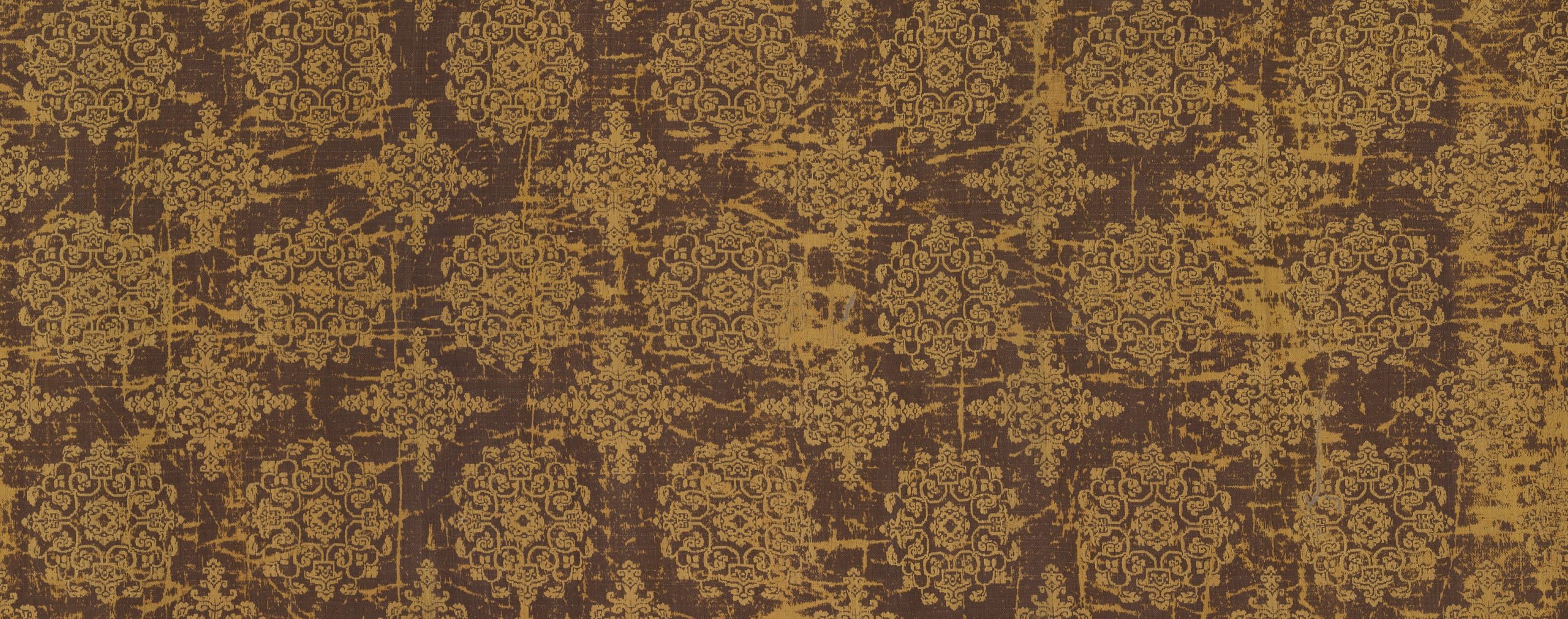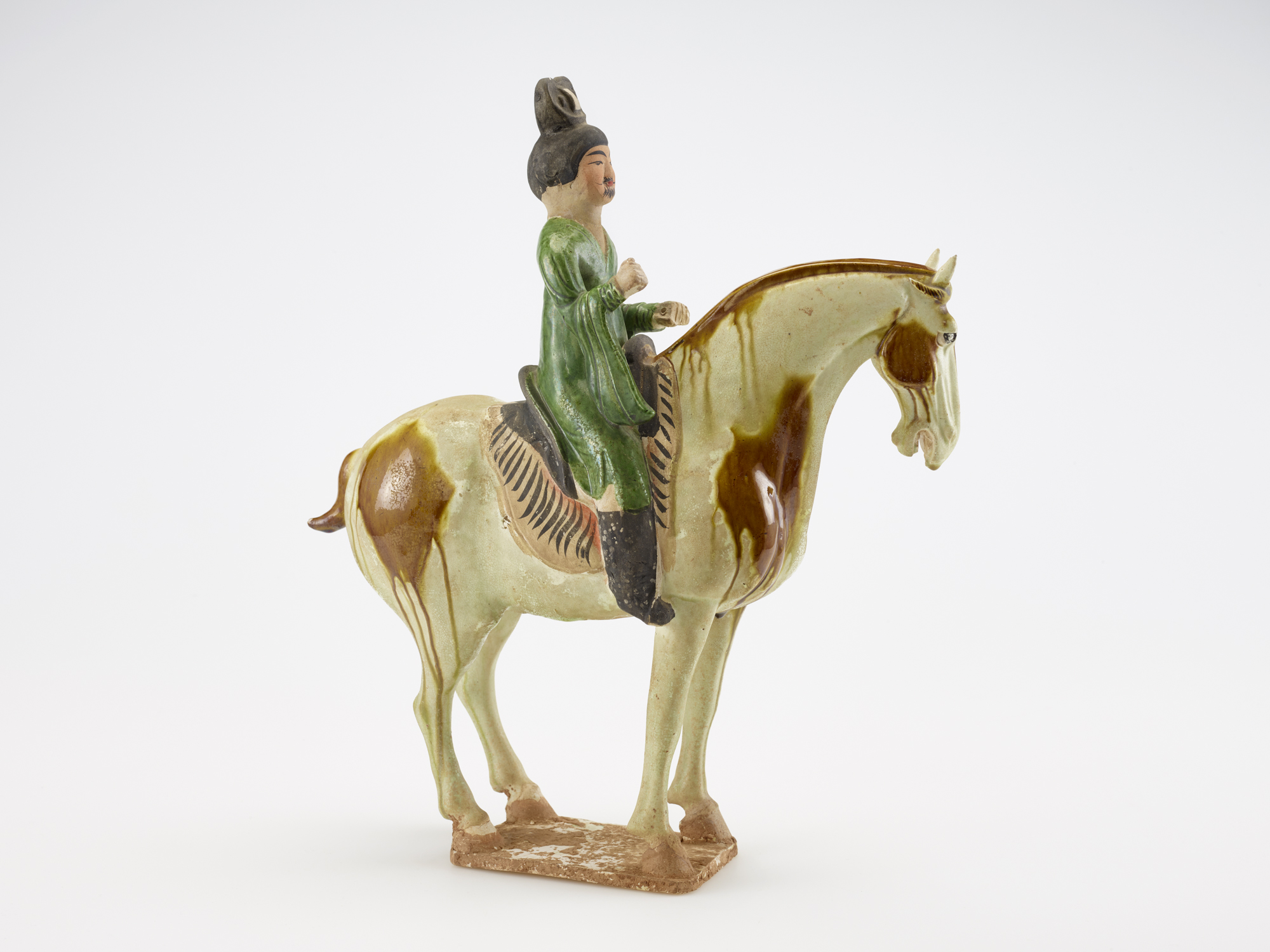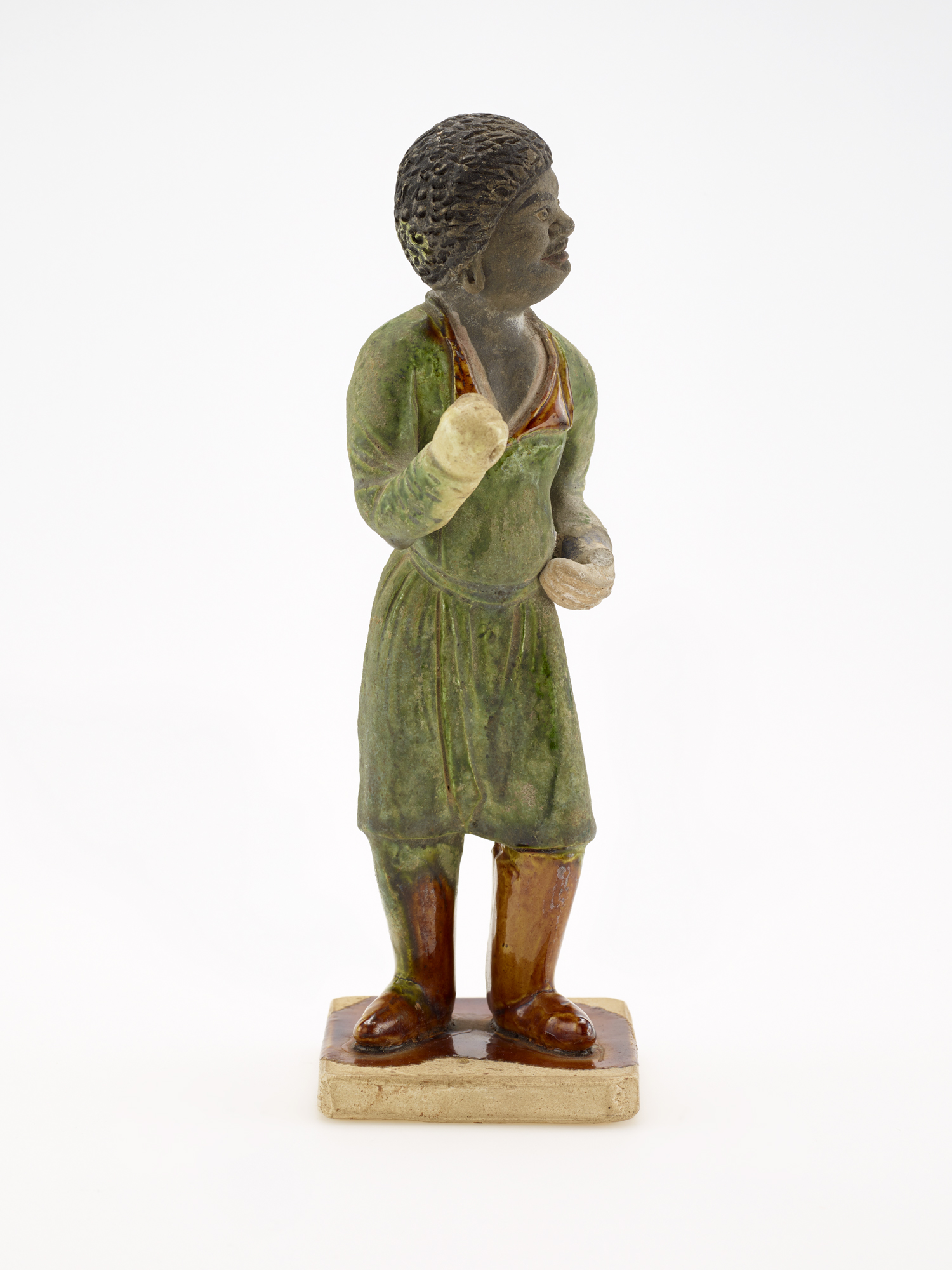The Tang(tahng) dynastya series of rulers from a single family. (618–907) is considered a golden age in Chinese history. It succeeded the short-lived Sui(sway) dynasty (581–618), which reunified China after almost four hundred years of fragmentation. The Tang benefited from the foundations the Sui had laid, and they built a more enduring state on the political and governmental institutions the Sui emperors established. Known for its strong military power, successful diplomatic relationships, economic prosperitythe state of being wealthy or successful., and cosmopolitan culture, Tang China was, without doubt, one of the greatest empires in the medieval world.
During the Tang dynasty, China stretched its territory (including the protectorate states) from the Korean peninsula in the east, to the steppesa large area of flat unforested grassland. of Mongolia in the north, to present-day Afghanistan in the west, and to northern Vietnam in the south. Tang secured peace and safety on overland trade routes—the Silk Road—that reached as far as Rome. Merchants, diplomats, and pilgrims came from all over East and Central Asia. They brought with them new religions, ideas, and cultural practices that were eagerly embraced by Tang elitea select group that is superior to the rest of a group or society in terms of abilities or qualities. circles. The two capital cities of Chang’an(chahng ahn) present-day X’ian (Shannxi province); capital of the Western Han dynasty and Tang Empire. and Luoyang(loo-o-uh-yahng) were flooded with foreigners from different parts of the world.
This confident cosmopolitanismthe idea that all human beings are, or could or should be, members of a single community. is reflected in all the arts of Tang China. The constant exchange of goods along the Silk Roadan ancient network of land and sea trade routes established during the Han dynasty (206 BCE–220 CE) that existed until the middle of the Ming dynasty (1368–1644). These trade routes stretched from China across Asia to the Near East, the Mediterranean, and East Africa., such as textiles, metalwork, and glassware, inspired Tang craftsmen to experiment with novel techniques, shapes, and designs (F1911.597a-b). One of the most typical and well-known Tang ceramics are the “three-colored” glazea thin, glass-like coating made of powdered rocks, minerals, ashes, and water. Applied correctly it makes a clay body impervious after firing. The colors of glaze are determined by the mineral oxides used and various aspects of the firing conditions. (sancai(sahn-ts-eye) literally, “three colors”; a dripping effect of three colors of glazes favored in the Tang dynasty. Typically, it refers to yellow, green, and creamy white glaze.) wares. Energetically modeled and brightly colored, Tang sancai wares are thought to have been reserved for burial use. Sancai tomb figurines gave a vivid picture of daily life in Tang times. Bactriantwo-humped camel; it has been domesticated but is still found wild in Central Asia. camels, horses with riders (F1952.12 and F1952.13), as well as foreign servants (RLS1997.48.1449), merchants, and musicians were all popular subjects. Tang potters also experimented with and developed the skills in making single color wares, including white ware and green-glazed celadons, which laid the groundwork for the Song dynasty’s taste in ceramics.
Tang painting prospered, partly thanks to the patronage of the Tang court. Painters from all over the empire were attracted to the court. Figure painting thrived during this period. Famous court painters established themselves with their masterful drawing skills. For example, Yan Liben (ca. 601–673) was known for his rich and glowing colors and delicate details; while Wu Daozi(woo dow-dz) (ca. 680–759) was famous for his vigorous brushwork. Landscape painting took two directions during the Tang. One was a style of painting known as blue-green landscape developed by the court painters, executed in fine lines with added mineral colors. It may have been inspired by Central Asian painting styles. The other was the monochromean artwork developed or executed in black and white or in varying tones of only one color. ink painting developed by the poet-painter Wang Wei(wahng way) (701–761). This style was favored by the newly emerging social elite who became government officials through the official examination system. The division between the two styles became more apparent during the Song dynasty (960–1279). Besides their excellent painting skills, many of the cultivated scholar-officials were also great poets and calligraphers. The three arts—painting, poetry, and calligraphy—have since been connected and appreciated as “the three perfections.”








